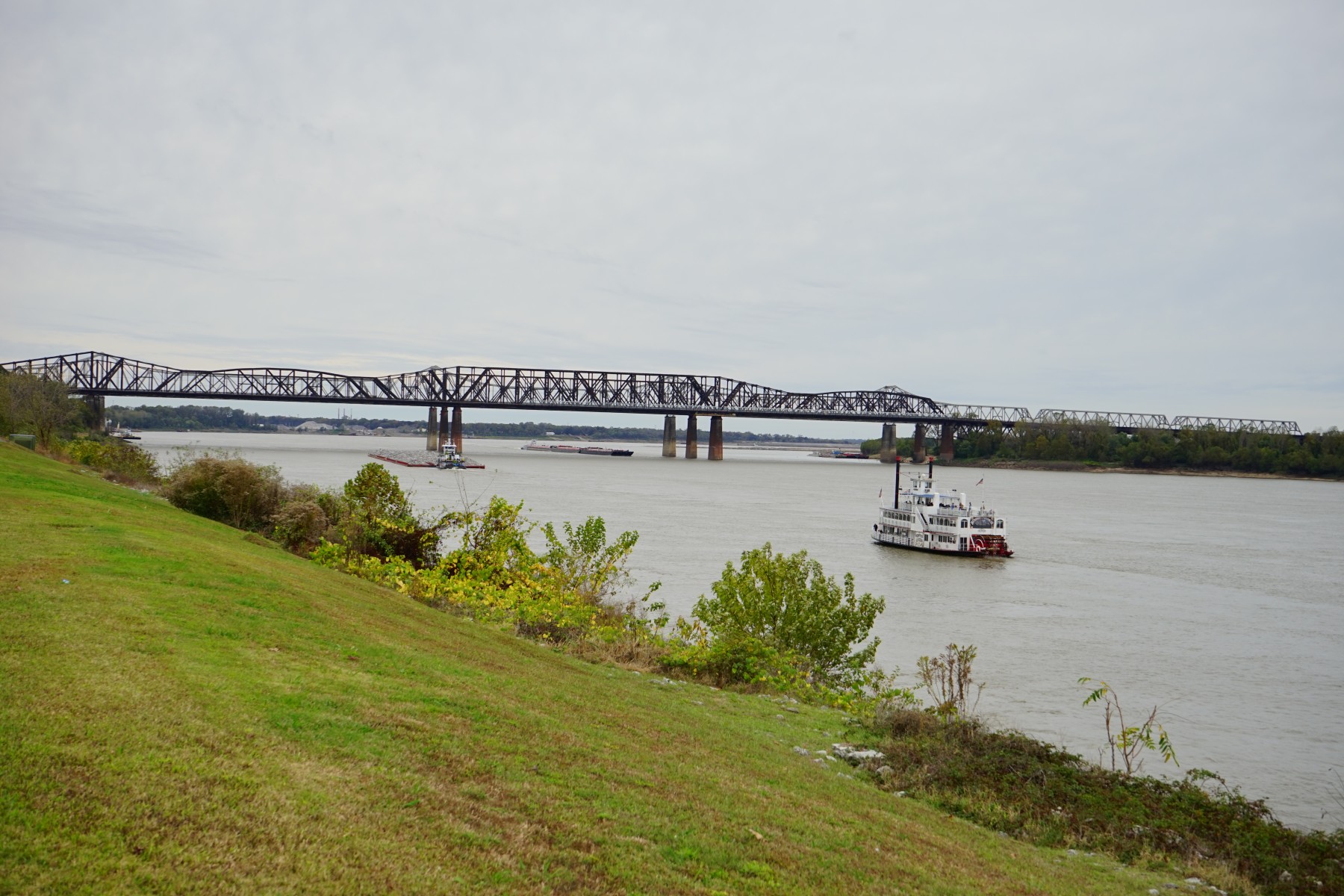
Heavy Rain, Flooding, and Chance of Severe Weather Staring Down the Southern U.S.
January 22, 2024
Posted: November 5, 2022 8:32 am





The historic low water levels in the Mississippi River are causing more problems beyond stranded barges and disruptions to supply chains. The rapidly dropping water levels are also causing saltwater to impact the region’s drinking water supply.
Why Saltwater is Contaminating Water Supply
This major river has been dropping all summer and fall as a result of the ongoing drought. The latest river gauge data shows the water levels plummeting to only 3 feet above sea level. In addition to revealing a host of hidden relics dating back to the Civil War, the river bed is now measuring lower than the Gulf of Mexico. This is a problem because saltwater can contaminate the drinking water supply.

According to the U.S. Army Corps of Engineers, the saltwater starts to move up into the river when the flow drops below 300,000 cubic feet per second. Without a flow at this level, the river does not have the necessary force to wash away the accumulating saltwater sill.
There are a number of communities in southern Louisiana that rely on this water source with some parishes using the freshwater intakes from the river. The presence of saltwater makes it more difficult for water processing plants to clean the water. Additionally, saltwater intrusion is also threatening commercial water users, including the wide network of oil refineries in the region. These homes and businesses rely on the fresh water available in the Mississippi for a host of reasons.
Not First Time Saltwater Has Creeped Into the Mississippi
According to the Army Corps, this is the fourth time in history that saltwater has found its way into the river. The good news is that the issues presented in 1988, 1999, and 2012 provided engineers with the experience needed to address this year’s problem more swiftly. As a result, the engineers have been studying the saltwater presence in the river since the middle of September.
Experts say that saltwater sinks to the bottom of the river bed because it is denser than its freshwater counterpart. This allows scientists and engineers to study its components while also taking steps to stop it from entering the water supply.
For example, engineers have built a 35-feet-high barrier using natural sediment from the river upstream. Experts are hoping that this barrier will work to mitigate the presence of saltwater in the river. They will continue to track saltwater levels to determine if they need to build a higher or stronger barrier.
Areas Around New Orleans Dealing with Contaminated Water
Plaquemines Parish was forced to issue a state of emergency along with a drinking water advisory because of the escalating sodium levels in the water supply. Parish officials are hoping that reverse osmosis units will desalinate the drinking water until the barrier can get to work preventing the migration of the saltwater upriver. The saltwater has already compromised two of the parish’s treatment plants with a third plant on the brink.
The most important thing is for the water levels in the river to return to normal. The saltwater and sill will wash away once the flow rate exceeds 300,000 cubic feet per second.
Fresh water coming from the Mississippi River’s primary tributaries will also help to watch away the sill when it reaches the major waterway. Over one-third of the total rainfall in the U.S. eventually makes its way to the Mississippi River because of all of its tributaries.
However, it takes time for this runoff to find its ways to the mighty Mississippi. In addition, dry conditions surrounding these tributaries mean that any additional moisture is absorbed by the ground instead of flowing into the Mississippi River in the form of runoff.
Although the forecast calls for rain in the Mississippi River for the weekend, it is not likely to raise the water levels considerably. The influx of moisture may increase water levels on a short-term basis, however, much more meaningful precipitation is needed to reverse the issue of the saltwater flow.
Experts are also blaming climate change for the recent problems. As sea levels begin to rise, it makes it more likely that this water flows up into the Mississippi River, contaminating the fresh water. The saltwater flow has also been greater in recent years because the Army Corps has also had to dredge the river at its mouth more frequently to allow for large cargo ship passage.
Did you find this content useful? Feel free to bookmark or to post to your timeline for reference later.

January 21, 2024

January 19, 2024

January 18, 2024